Refine listing
Actions for selected content:
1289514 results in Books
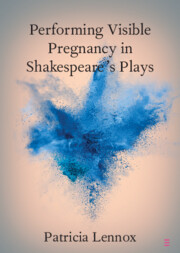
Performing Visible Pregnancy in Shakespeare's Plays
- Coming soon
-
- Expected online publication date:
- October 2025
- Print publication:
- 30 November 2025
-
- Element
- Export citation

China's International Energy Relations
- The Impact of Transition from Fossil Fuels to Renewables
- Coming soon
-
- Expected online publication date:
- October 2025
- Print publication:
- 30 October 2025
-
- Book
- Export citation

Statistics for Chemical Engineers
- From Data to Models to Decisions
- Coming soon
-
- Expected online publication date:
- October 2025
- Print publication:
- 25 September 2025
-
- Textbook
- Export citation
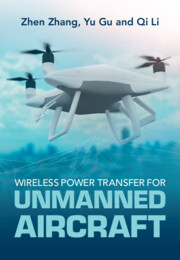
Wireless Power Transfer for Unmanned Aircraft
- Fundamentals, Design, and Control
- Coming soon
-
- Expected online publication date:
- October 2025
- Print publication:
- 30 October 2025
-
- Book
- Export citation
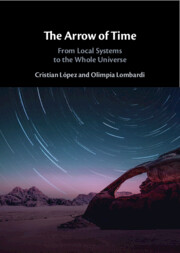
The Arrow of Time
- From Local Systems to the Whole Universe
- Coming soon
-
- Expected online publication date:
- October 2025
- Print publication:
- 30 October 2025
-
- Book
- Export citation
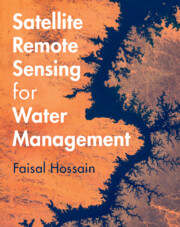
Satellite Remote Sensing for Water Management
- Coming soon
-
- Expected online publication date:
- October 2025
- Print publication:
- 04 September 2025
-
- Textbook
- Export citation

When Corporate Accountability meets Transitional Justice
- International Law and National Practice
- Coming soon
-
- Expected online publication date:
- October 2025
- Print publication:
- 30 October 2025
-
- Book
- Export citation

How to Use Generative AI in Educational Research
- Coming soon
-
- Expected online publication date:
- October 2025
- Print publication:
- 01 April 2027
-
- Element
- Export citation

Pious Politics
- Cultural Foundations of the Islamist Movement in Turkey
- Coming soon
-
- Expected online publication date:
- October 2025
- Print publication:
- 30 October 2025
-
- Book
- Export citation

Mathematical Methods in Data Science
- Bridging Theory and Applications with Python
- Coming soon
-
- Expected online publication date:
- October 2025
- Print publication:
- 30 October 2025
-
- Textbook
- Export citation

Greening the International Monetary Fund
- Coming soon
-
- Expected online publication date:
- October 2025
- Print publication:
- 30 November 2025
-
- Element
- Export citation

Analysis and Design of Data Converters
- Coming soon
-
- Expected online publication date:
- October 2025
- Print publication:
- 03 July 2025
-
- Textbook
- Export citation
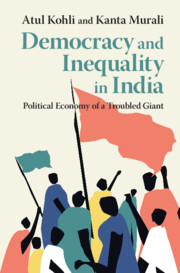
Democracy and Inequality in India
- Political Economy of a Troubled Giant
- Coming soon
-
- Expected online publication date:
- October 2025
- Print publication:
- 30 October 2025
-
- Book
- Export citation

Gerald Gardner and the Creation of Wicca
- Coming soon
-
- Expected online publication date:
- October 2025
- Print publication:
- 30 November 2025
-
- Element
- Export citation
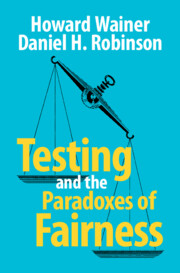
Testing and the Paradoxes of Fairness
- Coming soon
-
- Expected online publication date:
- October 2025
- Print publication:
- 30 October 2025
-
- Book
- Export citation

Cultural Property
- Law, Policy, and Markets
- Coming soon
-
- Expected online publication date:
- October 2025
- Print publication:
- 30 October 2025
-
- Book
- Export citation
4 - Sex Bargains
-
- Book:
- Risk and Resistance
- Published online:
- 10 September 2025
- Print publication:
- 09 October 2025, pp 83-108
-
- Chapter
-
- You have access
- HTML
- Export citation
Dedication
-
- Book:
- Copyright Reversion
- Published online:
- 19 September 2025
- Print publication:
- 09 October 2025, pp v-vi
-
- Chapter
-
- You have access
- Open access
- HTML
- Export citation
Appendices
-
- Book:
- The Experience of Work in Early Modern England
- Published online:
- 19 September 2025
- Print publication:
- 09 October 2025, pp 327-334
-
- Chapter
-
- You have access
- Open access
- HTML
- Export citation
Figures and Table
-
- Book:
- The Yoruba Are on a Rock
- Published online:
- 18 September 2025
- Print publication:
- 09 October 2025, pp vii-viii
-
- Chapter
-
- You have access
- HTML
- Export citation
